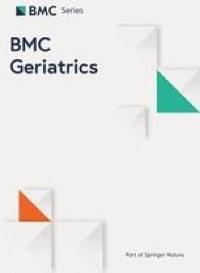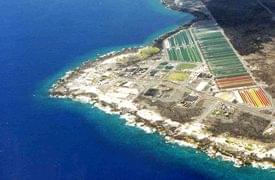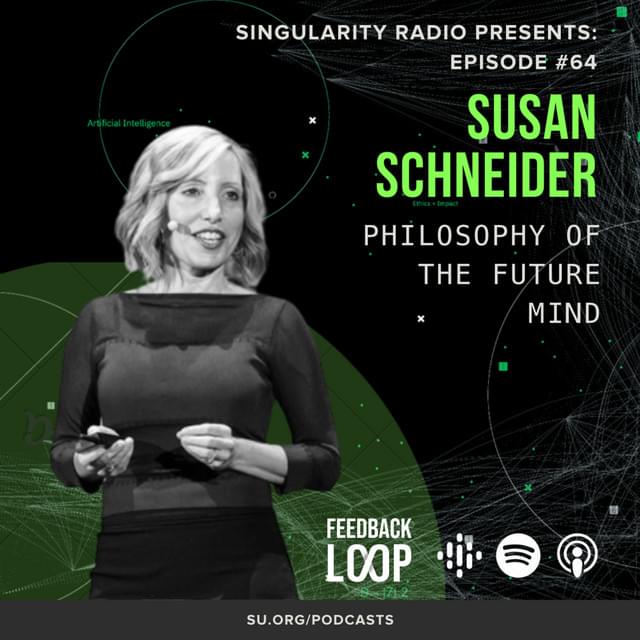
Circa 2019
This study assessed the safety and efficacy of deep tissue laser therapy on the management of pain, functionality, systemic inflammation, and overall quality of life of older adults with painful diabetic peripheral neuropathy.
The effects of deep tissue laser therapy (DTLT) were assessed in a randomized, double-masked, sham-controlled, interventional trial. Forty participants were randomized (1:1) to receive either DTLT or sham laser therapy (SLT). In addition to the standard-of-care treatment, participants received either DTLT or SLT twice weekly for 4 weeks and then once weekly for 8 weeks (a 12-week intervention period). The two treatments were identical, except that laser emission was disabled during SLT. Assessments for pain, functionality, serum levels of inflammatory biomarkers, and quality of life (QOL) were performed at baseline and after the 12-week intervention period. The results from the two treatments were compared using ANOVA in a pre-test-post-test design.
All participants randomized to the DTLT group and 85% (17 of 20) of participants randomized to the SLT group completed the trial. No significant differences in baseline characteristics between the groups were observed. After the 12-week intervention period, pain levels significantly decreased in both groups and were significantly lower in the DTLT group than in the SLT group. The Timed Up and Go test times (assessing functionality) were significantly improved in both groups and were 16% shorter in the DTLT group than in the SLT group. Serum levels of IL-6 decreased significantly in both groups. Additionally, serum levels of MCP-1 decreased significantly in the DTLT group but not in the SLT group. Patients’ quality of life improved significantly in the DTLT group but not in the SLT group.









